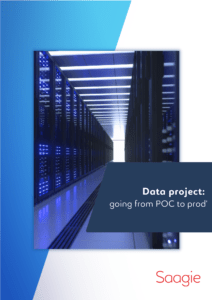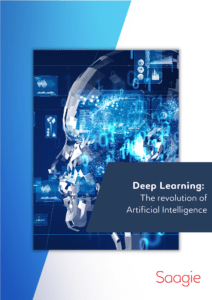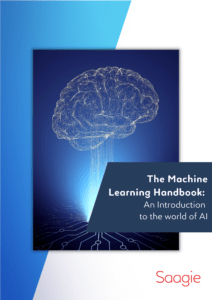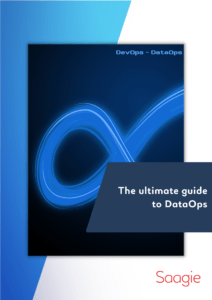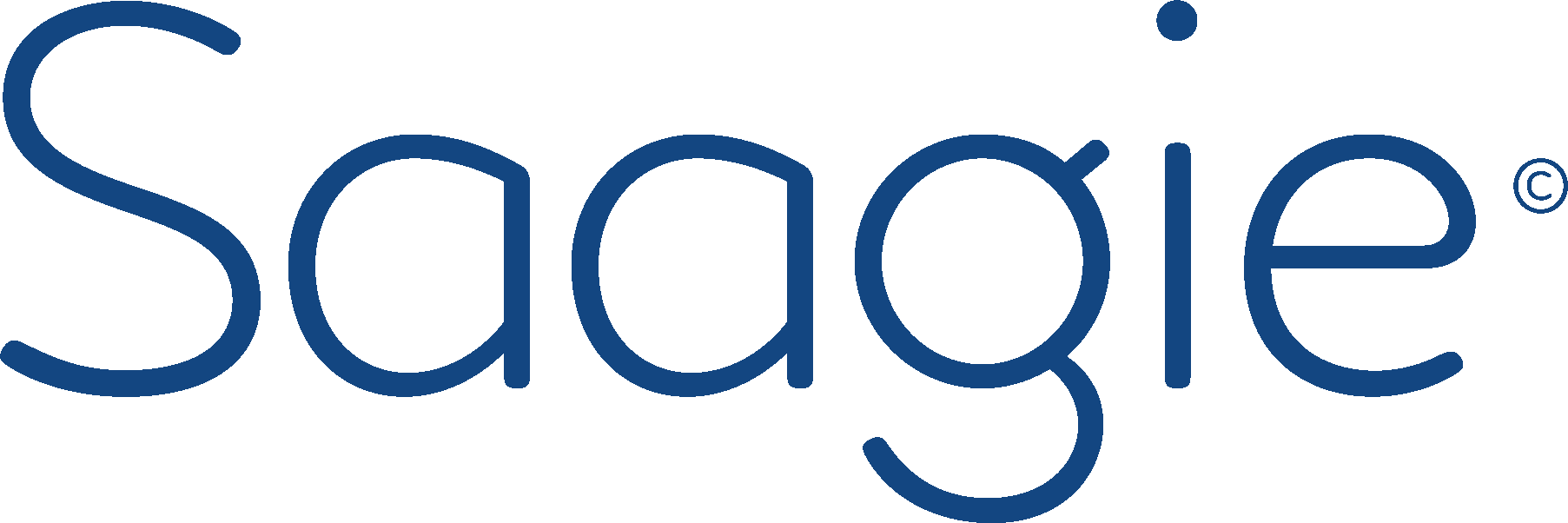Today, Guillaume de Saint Marc, Senior Director Engineering, Emerging Technologies & Incubation at Cisco, shares his insights on the newest revolutions in data.
Can you briefly explain your role at Cisco?
I’m part of the Strategy, Emerging Technologies & Incubation division. This is an important pillar of our organization: we’re responsible for Cisco’s strategy as well as new technology and business incubation, which is based on an intrapreneurship model similar to that of start-ups and in-house ventures.
I head up the engineering team in Europe. One of our team’s main hubs is in France and we invest heavily in R&D there, including through academic partnerships with the École Polytechnique and Télécom Paris. We strive to work with young talent, bring doctoral candidates onto our teams and conduct joint research activities on future Internet technologies.
Innovation is part of the culture at Cisco. How do you keep innovating? Is open innovation the solution? Why?
It’s not surprising that we develop some products and services in-house and purchase others, that we invest in various businesses (on average, we acquire a new company every six weeks), and that we forge strategic partnerships. But we’ve also gotten more involved in open innovation in recent years, namely through our global Cisco Innovation Labs network.
Digitization now impacts every single industry and is connecting fields that were once entirely unrelated. For example, in the automotive industry, cars are now designed using software architecture and electric-propulsion systems. All of a sudden, carmakers had to work together to innovate with other industry leaders to stay at the cutting edge, because they didn’t have the expertise in-house. More recently, Renault partnered with Google Cloud to digitize their production facilities. These same carmakers have also begun selling mobility as a service. They’ve had to completely reinvent a part of their business operations.
Open innovation is becoming widespread—it’s no longer really a strategy for a select few but rather a necessity for everyone. In terms of company culture and open innovation tools, it’s still often challenging, especially in traditional manufacturing industries. But the innovation departments in these corporations are working hard every day to make innovation a reflex.
Do you have any tips to convince decision-makers to seek out open innovation?
I was involved in creating a white paper called “Chasing the European Unicorns” published recently by AmCham (American Chambers of Commerce). With this white paper, we’ve put forward a simple observation: we don’t have our fair share of unicorns in the ecosystem on this side of the Atlantic. There are a lot of recommendations, and one particularly interesting one is that we need to develop European-level solutions instead of working at the country level.
For a large industrial group, I would advise three things:
- Know the start-ups in your ecosystem
- Promote open innovation with start-ups and large groups with complementary expertise
- Use open platforms (APIs) and open innovation programs aimed at your industry
How do you use data to create new product and service offers?
This is an enormous area for Cisco. As a pioneer of the internet (which keeps growing exponentially—some 30 billion devices are expected to be connected by 2023), data transport and security comprise our core activities. Our products and innovations are largely based on data, as well as telemetry and related metadata flows, which in turn produce even more data!
We help our customers implement extensive, complex IT infrastructures (campuses and branches for large corporations, Wi-Fi, data centers, telecom operator networks, 5G cores, government authorities etc.), which require AI Ops solutions. Networks are now entirely programmable and highly automated—we talk about intent-based networking. Meanwhile, the quality of service from these automated infrastructures and applications must be monitored so that any incidents or security alerts can be quickly detected and resolved. To make sure that can happen, we need solutions that offer large-scale observability of these systems, through technologies such as AppDynamics or ThousandEyes.
We also have a large portfolio of IoT products. You have to remember that before being able to digitize a system, you need to have existing data and be able to generate them, extract them and transfer them to the relevant applications. These automated hardware and software systems—components of edge computing—are playing a key role in the new Industry 4.0.
Additionally, many of the features in our Webex collaboration products use machine learning and AI. We have an assistant that can automatically transcribe a Webex video conference, offer simultaneous interpretation, and take notes throughout a meeting. An AI agent automatically filters out background noise, while another will automatically adjust the camera frame around the person who is speaking. The productivity gains are substantial, especially in a world where both remote and in-person work will become a way of life.
Finally, the stakes are high when it comes to cybersecurity. Attacks are becoming increasingly sophisticated, which means that defense capabilities must be continually enhanced. Our cybersecurity products and services are developed in close collaboration with Cisco’s Talos team, which constantly collects cybersecurity data and analyzes risks and attacks across the globe. I could also mention large real-time DataOps/MLOps.
What do you think the next revolutionary innovations in data will be?
In terms of technology, there are so many tools now, and especially open source: machine learning, deep learning, big data, cloud, edge computing. Developing prototypes and pilots is easier than ever. However, there is still a lot of progress to be made in terms of industrializing related processes and scaling, especially in MLOps, DevOps and AIOps, where many industries are still far from mature. From a business point of view, there is an uneven understanding of how to integrate these innovations into the value chain and develop the right go-to-market strategies and business models. But it’s really only a matter of time.
Getting back to R&D, one of the things we’re working on is hybrid AI models that complement ML/DL techniques with symbolic reasoning and knowledge hypergraphs. I think the next breakthroughs in AGI (artificial general intelligence) will be in this direction.
How will these revolutionize our world?
Probably in a thousand ways, but to give a more specific example in our field, we can assume that these innovations will continue to have a strong impact on the productivity of IT teams. Today, a system administrator in an IT organization monitors an average of 250 to 500 users. In the future, with the Internet of Things and the Industry 4.0 revolution, it will be commonplace for one person to monitor more than a million connected devices or machines. At that point, AIOps assistance would no longer be optional.
Another example deals with cybersecurity, which is a fundamental issue in our increasingly digitized world. Today, we’re seeing a real arms race in artificial intelligence and machine learning between attackers and defenders. It’s vital to stay at the forefront of innovation in this area.
Data sovereignty has been a recurring theme lately. Why do you think this is such a crucial issue today?
This isn’t a new topic, but there’s been a real lag, particularly in Europe, in coming to terms with the power of the US and Chinese platforms. It’s now become a major issue, and will remain so for a long time for three reasons:
- Data sovereignty is critical from an economic perspective. When you have large quantities of high-quality data, you can monetize it. And there are still huge business opportunities to be seized in many areas.
- The political and geostrategic stakes are obvious. Beyond the data security issues that I already mentioned, highly sensitive data (government, health, OVI, OES, etc.) must be protected from attempts to access it via legal or other mechanisms by third countries.
- Finally, we gain a better understanding every day about the extent of emerging ethical issues and challenges. In most large corporations, teams are now thinking about charters on ethical data use, which is a really good thing. Public authorities also have a major role to play in this area: Europe, the United States and China are already moving towards different approaches of using AI and personal data. If we want to be able to freely choose the ethical model that suits us, it’s important that we maintain sovereignty over the associated data.

Based in Paris, Guillaume Sauvage de Saint Marc joined Cisco’s CTO & Chief Architect group in October 2014 where he leads a software innovation team distributed across various R&D centres (UK, France, Israel, India, US). He started his career at Canal+ Group in 1996 where he was in charge of several product and project management activities for the successive generations of Digital TV platform, and notably Canal+ first connected PVR set top box.Guillaume Sauvage de Saint Marc has a Master of Science in Computer Science from Ecole Centrale Lille, France.




